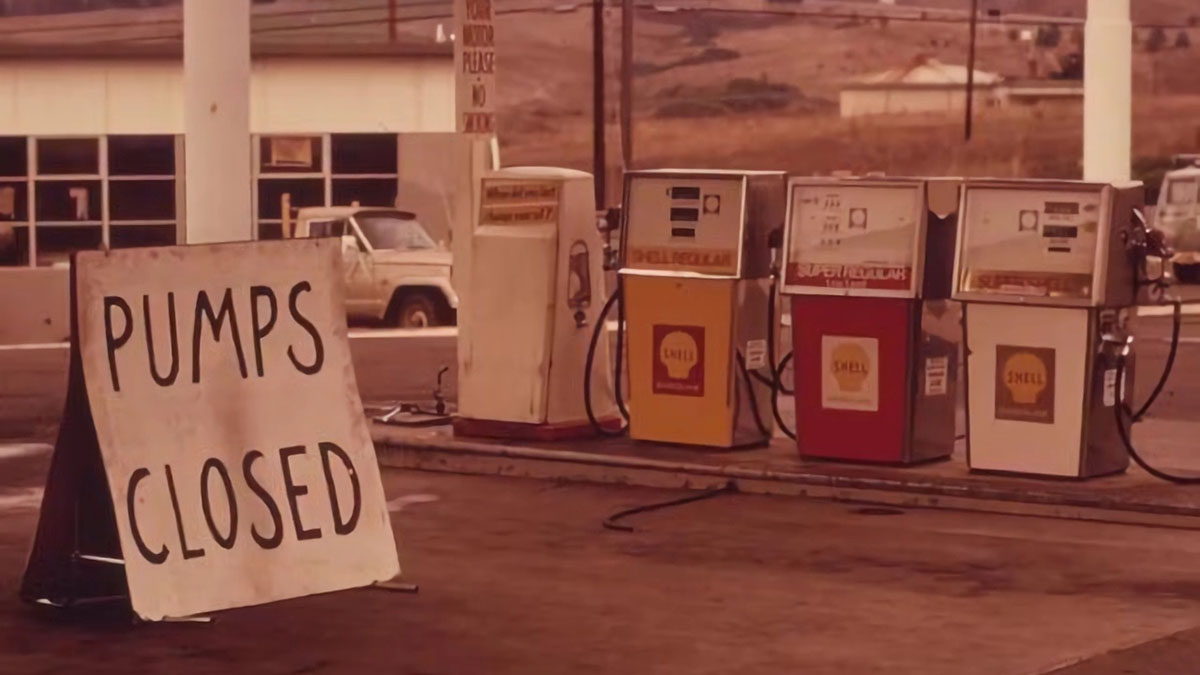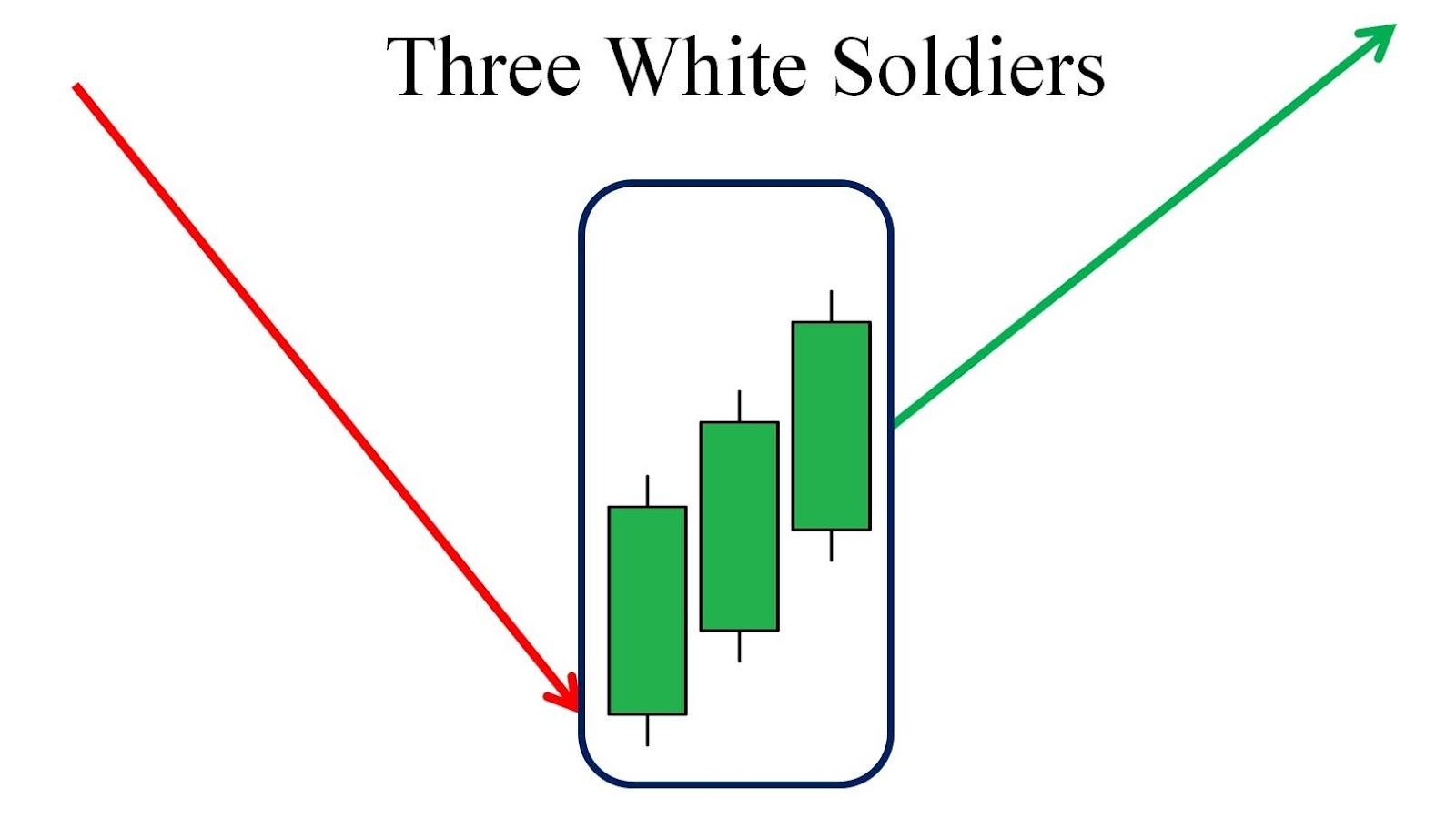In recent years, the conflict between Palestine and Israel has been ongoing,
but most of it has not had a significant impact on oil prices. The conflict
between Palestine and Israel originated in 1947. At that time, due to
dissatisfaction among Arab countries, the United Nations initiated the first
Middle East War on the resolution of independent statehood between Palestine and
Israel. The Middle East region was plagued by continuous wars, resulting in a
total of five large-scale Middle East wars. The conflicts between Israel and
Palestine occur several times a year. The global capital market is not very
sensitive to conflicts within Palestine and Israel. The large-scale wars
involving other Middle Eastern countries have had a certain impact on the
capital market, especially oil prices. Through the comparison of previous oil
crises, the impact of the Middle Eastern war on oil prices can be observed.

Due to the fact that the Palestinian Israeli military is not a major
oil-producing country, the impact of internal wars on Crude Oil supply is
relatively small, and the capital market has been passive in responding to the
internal conflict between Palestine and Israel. The reason for this is that
neither Israel nor Palestine are major oil-producing countries. According to
Yies statistics, the daily production of Israeli crude oil and Ningxi oil in
2016 was approximately 390000 barrels, accounting for 0.005% of the global
total, while Palestine does not produce crude oil. The local war between the two
will not raise market concerns about crude oil supply, which is also the reason
why the recent conflict between Palestine and Israel has not had a significant
impact on oil prices. If the fighters further expand to other regions in the
Middle East, especially important oil-producing countries such as Iran and Saudi
Arabia, global assets may be repriced.
There have been three oil crises in the past, which have had a significant
impact on oil prices.
The First Oil Crisis, 1973–1975
In October 1973, the Fourth Middle East War broke out, and Arab countries in
OPEC implemented a series of sanctions, such as crude oil production cuts and
embargoes, to combat the support of the United States and some European
countries for Israel. At that time, due to the fact that crude oil prices were
not subject to market-oriented pricing power, sanctions measures led by OPEC
were implemented. The price of crude oil has rapidly risen from the original
$2.70 per barrel to $13 per barrel.
The Second Oil Crisis, 1978-1980
At the end of 1978, a coup occurred within Iran, resulting in a significant
decrease in Irans oil supply. In the 1970s, Iran was the fourth-largest crude
oil supplier in the world, accounting for 10% of global crude oil production. In
1980, the outbreak of the Iran-Iraq War completely halted the oil supply to Iraq
and Iran. During this period, oil prices significantly increased, continuing to
rise from $13.2 per barrel at the end of 1978 to $40.3 per barrel at the end of
1980.
The Third Oil Crisis, 1990
The Gulf War that broke out in 1990 was the trigger for the third oil crisis,
caused by the dispute between Iraq and Kuwait. Later, the intervention of
countries such as the United States and the former Soviet Union escalated the
Gulf War. During the Gulf War, crude oil prices also experienced a significant
increase. From $15.3 per barrel in mid-1990 to $26.1 per barrel in 1991

Summarizing history, the past three oil crises have shown some
characteristics and commonalities. Firstly, war was the trigger for the oil
crisis, and looking back at the three oil crises, they all started with war. The
first oil crisis was a post-war sanction. The second and third oil crises were
due to the impact of war on the production and supply of crude oil. Secondly,
both involve important oil-producing countries. Whether it is the Middle East
War or the Iran-Iraq War, the Gulf War involves important oil-producing
countries in the Middle East. Whether it is a sanctioned reduction in production
or a passive reduction caused by war, the real supply shortage has led to an
increase in crude oil prices.
With the marketization of crude oil pricing, the impact of supply factors
will weaken. Before 1981, crude oil prices were not market-oriented, and they
were mainly controlled by producers such as OPEC. The decrease in supply during
the previous two oil crises resulted in an upward trend in oil prices, both
exceeding 200%. With the introduction of financial products such as oil and
futures in the 1980s, the pricing of crude oil began to incorporate financial
market forces, resulting in a significant weakening of the impact of the third
oil crisis on oil prices. In addition to factors such as the emergency release
of the International Energy Agency and energy reserves at that time, the
marketization of oil prices also played a crucial role.
Although the war in the Middle East may indeed evolve into an oil crisis,
involving important oil-producing countries is a necessary condition for causing
significant fluctuations in oil prices. The current conflict between Palestine
and Israel has not spread to important oil-producing countries in the Middle
East. In addition, due to the more dispersed global crude oil production areas
compared to the 1970s, stronger market-oriented factors in oil prices, and
concerns about crude oil supply, the transmission effect of a significant
increase in oil prices has weakened.
The oil crisis was the main culprit behind stagflation in the United States
in the 1970s. In the 1970s, the United States experienced two episodes of
stagflation, and the timing seemed to coincide with the two oil crises. When it
comes to the great inflation of the 1970s, people often subconsciously associate
it with the oil crisis. The United States experienced two severe periods of
stagflation in the 1970s, from 1973 to 1974 and from 1978 to 1979. In terms of
time, it seems to be able to correspond to the previous two oil crises. If we
examine the two periods of stagflation in the United States in the 1970s, the
oil crisis was only a catalyst for the upward trend of inflation at that time,
and the inappropriate response of US monetary and fiscal policies was an
important reason for the stickiness of inflation.
The first stagflation in the 1970s, 1973–1974
The beginning of inflation in the United States actually predates the Middle
East War. Before the outbreak of the Middle East War in October 1973, inflation
in the United States had already begun to rise. In addition to the fiscal
expansion, inflation, and recession chains attributed to then-Federal Reserve
Chairman Burns and OPEC Chairman Greenspan, monetary policy also played an
important role. Monetary tightening and fiscal easing are the fundamental
reasons for major inflation. Due to the fact that the US economy was still
shrouded in the shadow of the previous recession at that time, stimulating the
economy became the top priority for the President, Congress, and the Federal
Reserve.
Although then Federal Reserve Chairman Burns began raising interest rates in
1972, it prevented banks from raising loan rates, leading to a significant flow
of funds towards bank loans. The year-on-year growth rate of monetary policy has
rapidly increased, and price controls are no longer effective, which, along with
the oil crisis, has boosted inflation. Inflation began to bottom out and rebound
in the fourth quarter of 1972, and the year-on-year growth rate of CPI increased
from 3.6% at the beginning of 1973 to 8.9% at the end of the year, significantly
higher than the expectations of the Federal Reserves Green Book. From a split
perspective, food and energy prices are the main drivers. The Price Control Act
expired in early April 1973. In June 1973, US President Nixon once again
announced the implementation of price controls and control of agricultural
exports, but this time it exacerbated the shortage of farmers. The lack of
supply and unwillingness to lose money, coupled with the outbreak of the Middle
East War and the loosening of the Bretton Woods system, led to a double-digit
year-on-year CPI growth rate in 1974, and the public no longer supported price
controls. After the expiration of the Price Control Act in 1974, it permanently
withdrew from the historical stage.
Second stagflation in the 1970s, 1978–1979
In order not to disrupt the faltering recovery after the oil crisis, Congress
and the Federal Reserve remain focused on the economy. In 1976, Carter took over
as president, reducing the unemployment rate and becoming the primary goal of
the new government. Although the economy began to recover in 1976, the Federal
Reserve generally believed that the recovery was fragile and unable to withstand
rapid monetary tightening. At the same time, it is believed that the excess
capacity inflation in the economy at that time did not come from demand recovery
but from cost inertia. As long as excess capacity continues to release monetary
policy, inflation can be tolerated. In 1978, Miller took over from Burns as the
Chairman of the Federal Reserve, continuing this view that the degree of
monetary tightening was not enough to overlap.
In the second oil crisis of the 1970s, the United States once again entered a
period of stagflation. Although the Federal Reserve has raised interest rates in
response to the depreciation of the US dollar, it has always maintained a
cautious impact on tightening internally. The increase in the federal funds
interest rate is significantly lower than the Inflation rate during the same
period, and the nominal interest rate has flattened, while the rise in inflation
expectations has led to a decline in real interest rates. Accompanied by the
second oil crisis and the impact of the Credit Control Act S.C.P. on financial
conditions, the United States once again entered a more severe period of
stagflation, until Volcker took over as the chairman of the Federal Reserve and
became the focus of the Feds policy on combating inflation. In August 1979,
Volcker took office as the governor of austerity. Walker believes that the
essence of managing inflation requires reshaping the publics expectations of
inflation stability and the credibility of monetary policy. This requires the
Federal Reserve not to tighten and loosen at all times but to firmly promote
monetary policy tightening. Such a firm operation finally enables the public to
begin. I believe the Federal Reserve has the determination and ability to combat
inflation. Long-term inflation expectations are beginning to decline.
If oil prices rise significantly, it will indeed increase the overall
inflation level in the United States. From a long-term perspective, although the
rise in oil prices may not necessarily be the main cause of previous US
inflation, during the period of oil price rises, US inflation will indeed rise
accordingly. The energy component has a weight of around 6% to 10% in the
overall CPI of the United States. The significant increase in energy sub-items
can support the overall upward trend of CPI. If there is indeed a trend upward
in oil prices during the current Israeli-Palestinian conflict, then the
contribution of the US inflation energy component to overall inflation will
increase, and the US inflation reading may therefore rise.
If the evolution of war has an impact on major assets, During the past three
oil crises, the performance of major asset classes often reflected the
characteristics of hedging. After the outbreak of the war, oil prices
significantly increased, and the overall performance of major global assets
showed a trend of stocks falling, bonds rising, and gold rising. Assets showed a
strong sense of risk aversion. However, due to the strong oil price, commodity
prices often result in higher returns during the period. During the outbreak of
the oil crisis, the upward trend of oil prices was determined.
During the past three oil crises, oil prices have all experienced an increase
of over 100%. The two oil crises of the 1970s had a greater impact on oil prices
than the third. On the one hand, due to the fact that oil in the 1970s was not
priced by the market but by a supply-led pricing mechanism, measures such as
production cuts and sanctions had a significant impact on oil prices. On the
other hand, with the marketization of oil prices in the 1990s, the impact of
supply factors on prices gradually decreased. Although the third oil crisis saw
a rapid rise in oil prices in the short term, the long-term impact is
limited.
Unlike in the 1970s, global oil pricing is now market-oriented, energy supply
is diversified, and the impact of rising oil prices is also relatively limited.
In fact, in recent years, especially in 2014, the coordinated response of the
International Energy Agencys emergency release and energy reserves has
effectively reduced the volatility of oil prices. Over the past three years, the
fluctuation of international crude oil prices has been relatively stable. The
recent conflict between Palestine and Israel has not had a significant impact on
oil prices. If the war spreads to other oil-producing countries, it may affect
global energy supply, sparking greater concerns, intensifying market sentiment,
and intensifying financial market volatility. All kinds of existing financial
instruments have a certain hedging effect on war events. Once the market
sentiment becomes intense, the stock market may fall sharply, and Treasury bond
futures, gold futures, and other hedging assets will rise significantly. As
energy prices rise, they will also have an impact on prices, leading to higher
inflation, lower Treasury bond prices, and a lower Treasury bond market.
Through the comparison of previous oil crises, it can be seen that the
conflict in the Middle East may have a certain short-term impact on the crude
oil price, but its impact is not limited to the crude oil market but may also
spread to the global financial market, leading to stock market declines,
treasury bond price declines, gold price rises, and other phenomena. However,
modern financial markets are more complex and respond relatively quickly to
global risk factors. Governments and international organizations also have
certain response measures, so the specific impact needs to be analyzed based on
the development of events.
Disclaimer: This material is for general information purposes only and is not intended as (and should not be considered to be) financial, investment or other advice on which reliance should be placed. No opinion given in the material constitutes a recommendation by EBC or the author that any particular investment, security, transaction or investment strategy is suitable for any specific person.








